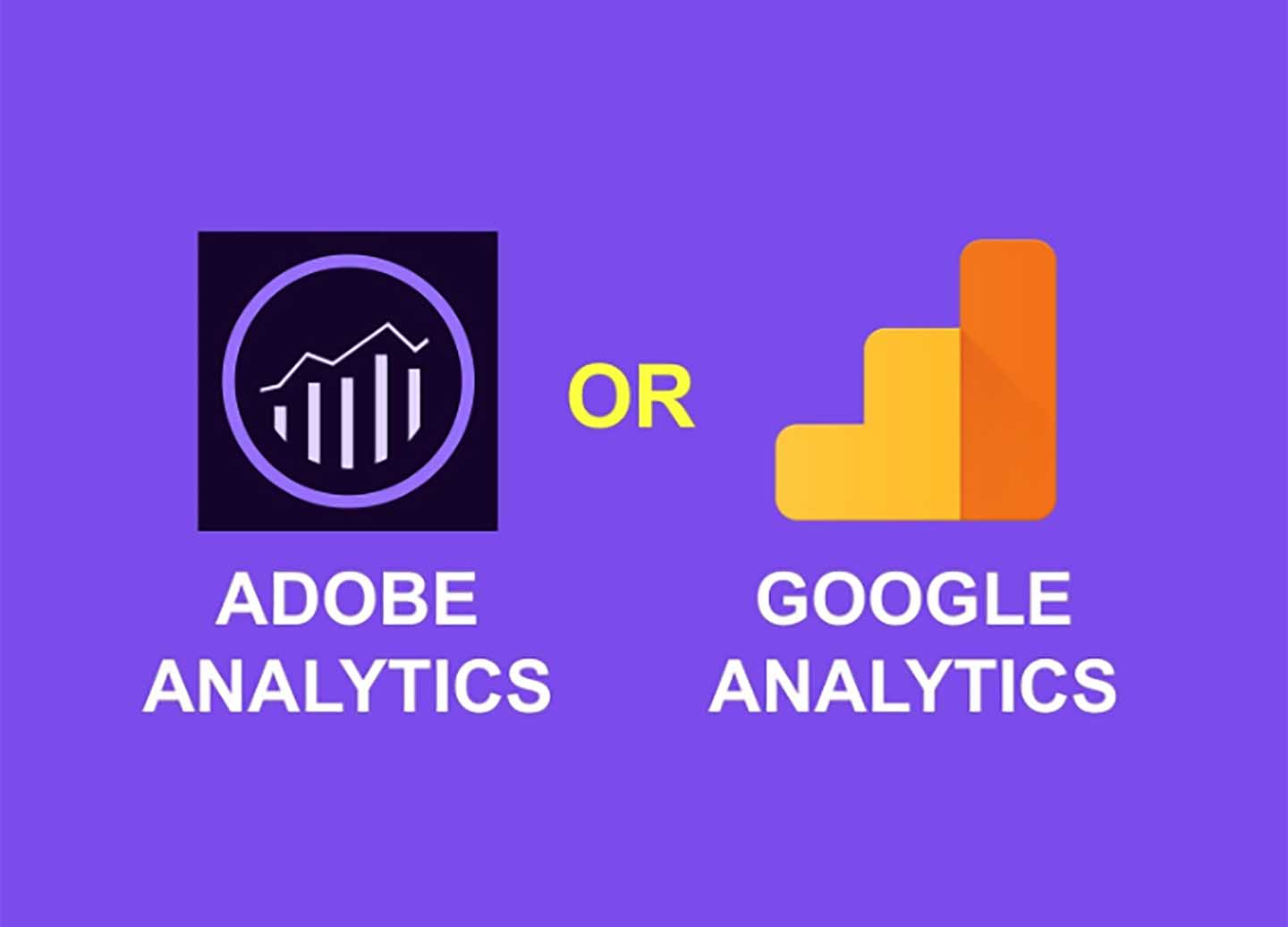
What is the difference between Adobe Analytics and Google Analytics, and which should I use for my business?
Adobe Analytics, Google Analytics
27 June 2023
In today’s digital world, the importance of analytics cannot be overstated. It is crucial for businesses to track and analyze their website and marketing data to make informed decisions. Adobe Analytics and Google Analytics are two of the most popular analytics platforms available, but which one is right for your company? In this blog post, we will discuss the key differences between Adobe Analytics and Google Analytics and help you make an informed decision.
Data Collection and Integration
One of the most significant differences between Adobe Analytics and Google Analytics is how they collect and integrate data. Google Analytics uses JavaScript code that must be added to each page of a website, while Adobe Analytics requires a JavaScript library called AppMeasurement that must also be added to each page. However, Adobe Analytics offers more flexible and customizable data collection options than Google Analytics, allowing businesses to collect data from various sources and integrate it into a single platform.
User Interface
Another significant difference between the two platforms is their user interface. Google Analytics has a straightforward and user-friendly interface, making it easy for beginners to navigate and use. Adobe Analytics, on the other hand, has a more complex interface that may require some training to fully understand and utilize. However, Adobe Analytics provides more advanced customization options and allows businesses to create more detailed reports.
Features and Capabilities
Both platforms offer a range of features and capabilities that can help businesses gain valuable insights into their website and marketing data. Google Analytics has a wide range of features, including real-time reporting, custom reports, and advanced segmentation. However, Adobe Analytics provides more advanced features, such as predictive analytics and machine learning capabilities, which can provide more accurate insights and recommendations.
Cost
Cost is also an essential factor to consider when choosing an analytics platform. Google Analytics is free to use, with the option to upgrade to Google Analytics 360 for enterprise-level features. Adobe Analytics, on the other hand, is a paid platform, with pricing based on the level of service and features required. The cost of Adobe Analytics can vary significantly, making it essential for businesses to determine their needs and budget before making a decision.
Which One Should You Choose?
Deciding between Adobe Analytics and Google Analytics ultimately depends on your business needs and goals. If you are a small business with limited resources and just need basic analytics, Google Analytics may be the best option for you. However, if you require more advanced features and capabilities or have a larger enterprise-level organization, Adobe Analytics may be the better choice. It is essential to evaluate your business needs, budget, and resources before making a decision.
In conclusion, both Adobe Analytics and Google Analytics are excellent analytics platforms that can provide valuable insights into your website and marketing data. While they have their differences, choosing between the two ultimately depends on your business needs and goals. By considering the factors discussed in this blog post, you can make an informed decision and choose the analytics platform that is right for your business.


